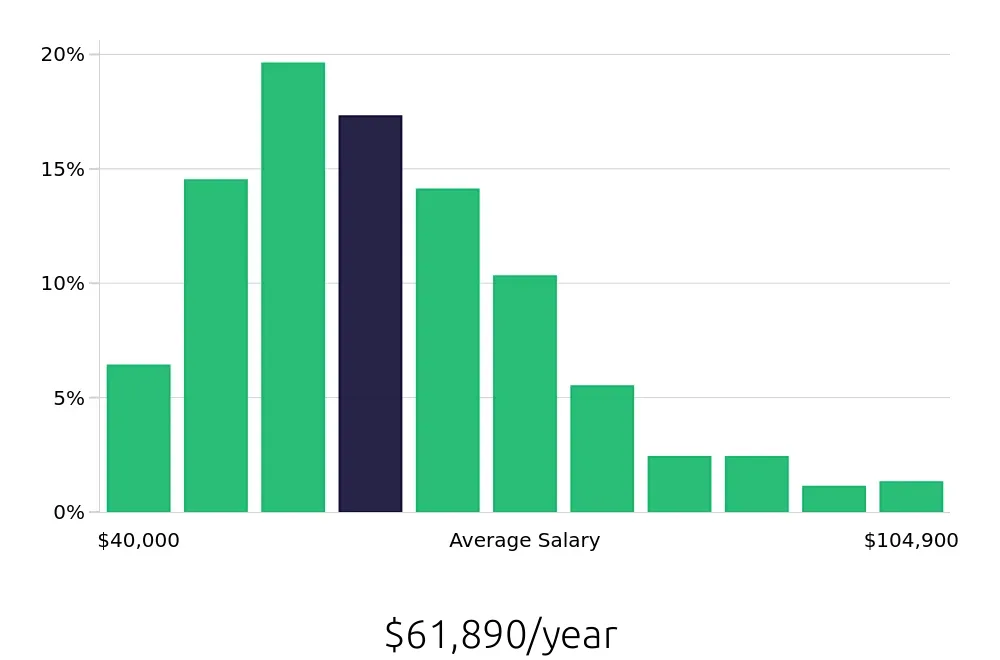Position
Overview
An Athletic Trainer plays a vital role in the health and performance of athletes. They work closely with coaches and medical professionals to ensure that athletes are in peak condition. This includes preventing injuries, providing immediate care for injuries, and helping athletes recover from injuries. Athletic Trainers also design and implement rehabilitation programs to help athletes return to their sport safely and effectively.
In addition to injury prevention and treatment, Athletic Trainers educate athletes on proper techniques and equipment use. They often conduct fitness assessments and develop personalized training programs. This role requires strong communication skills, as Athletic Trainers must work well with athletes, coaches, and other medical staff. They must also stay up-to-date with the latest sports medicine research and techniques. This position demands a blend of physical stamina, medical knowledge, and interpersonal skills.
Becoming an athletic trainer involves a clear path of education and certification. This career offers the chance to work with athletes and help them recover from injuries. Follow these steps to start your career in athletic training.
First, complete a high school diploma or GED. This is the basic requirement to enter college. Next, enroll in a college program accredited by the Commission on Accreditation of Athletic Training Education (CAATE). A bachelor’s degree in athletic training or a related field is necessary. During college, gain hands-on experience through internships or volunteer work. This experience is crucial for understanding the job.
After graduation, take the Board of Certification exam. Passing this exam is essential for becoming a certified athletic trainer. Some states may also require a license. Check your state’s requirements to ensure you meet all criteria. With these steps, you can start a rewarding career as an athletic trainer.
The journey to becoming an athletic trainer involves several steps. First, a person needs a bachelor's degree in athletic training or a related field. This degree takes about four years to complete. During this time, students learn about human anatomy, injury prevention, and rehabilitation.
After earning a bachelor's degree, the next step is to complete a master's degree program in athletic training. This program usually takes about two years. Students gain hands-on experience and learn advanced skills. They also need to pass the Board of Certification exam to become certified. This certification is important for working in many settings, including schools, hospitals, and sports teams. The entire process, from bachelor's to certification, takes about six years. This path leads to a rewarding career in helping athletes stay healthy and perform at their best.
The Athletic Trainer will be responsible for providing medical care and support to athletes, ensuring their physical well-being and performance optimization. This role involves injury prevention, assessment, treatment, and rehabilitation, as well as collaborating with coaches and medical staff to create comprehensive care plans.
Responsibilities:
Qualifications
Athletic trainers work with athletes to prevent, diagnose, and treat injuries. They often work in sports teams, schools, or hospitals. This career offers a mix of physical activity and medical care. It requires a strong understanding of both sports and medicine. Athletic trainers must stay updated on the latest sports medicine techniques.
This career has many benefits. It allows for a dynamic work environment, often with a team atmosphere. Athletic trainers can work with a variety of athletes, from young students to professional players. They also have the opportunity to travel with teams. However, there are some challenges to consider. The job can be physically demanding and may involve long hours. It also requires a high level of responsibility, as the health of athletes depends on their care.
Here are some pros and cons to think about:
The job outlook for Athletic Trainers is promising, with an average of 7,200 job positions opening each year. This steady demand reflects the growing importance of sports and physical fitness in society. The Bureau of Labor Statistics (BLS) predicts an 8.5% growth in job openings from 2022 to 2032, highlighting a positive trend for those entering this field.
Athletic Trainers can expect a competitive salary, with an average national annual compensation of $67,520. This figure underscores the value placed on their expertise in preventing, diagnosing, and treating sports-related injuries. Additionally, the average hourly compensation stands at $32.46, offering a rewarding financial incentive for professionals in this role. These figures are based on data from the BLS, which provides a reliable source for occupational projections and characteristics.
The role of Athletic Trainers extends beyond professional sports, encompassing schools, colleges, and various healthcare settings. This versatility ensures a broad range of employment opportunities. As the demand for sports medicine and injury prevention continues to rise, the job outlook for Athletic Trainers remains strong, making it an attractive career choice for job seekers.
